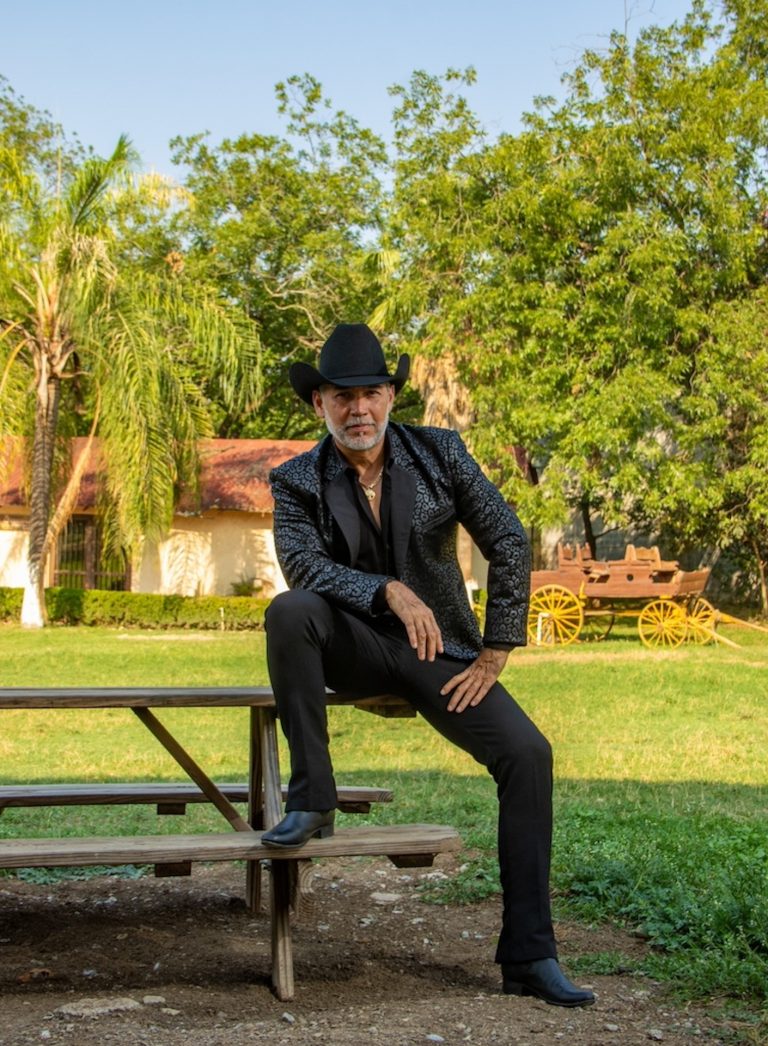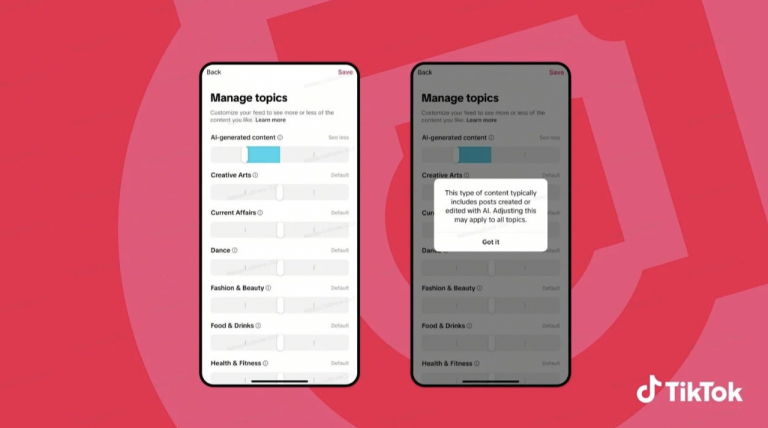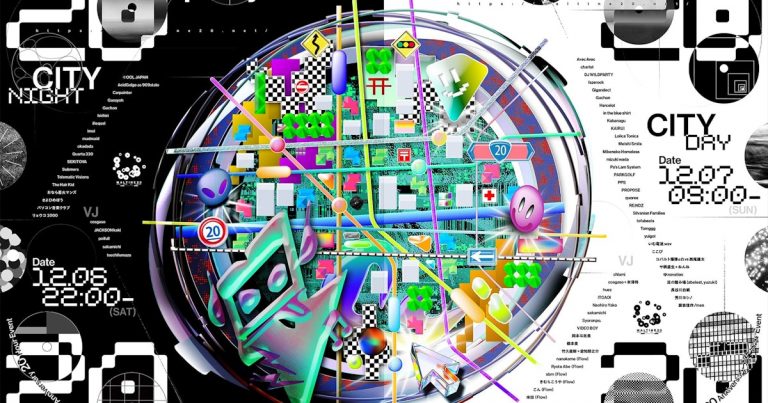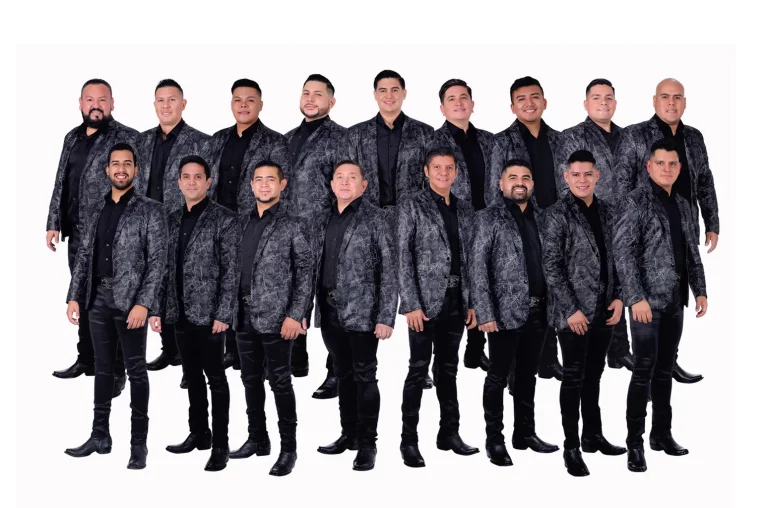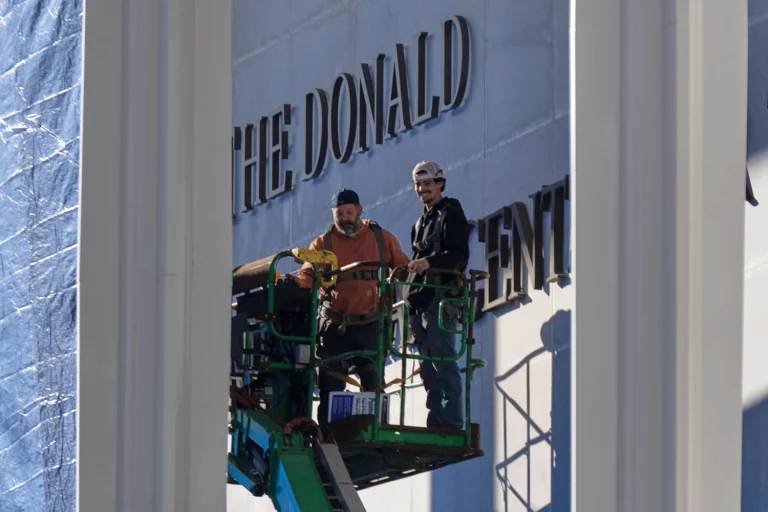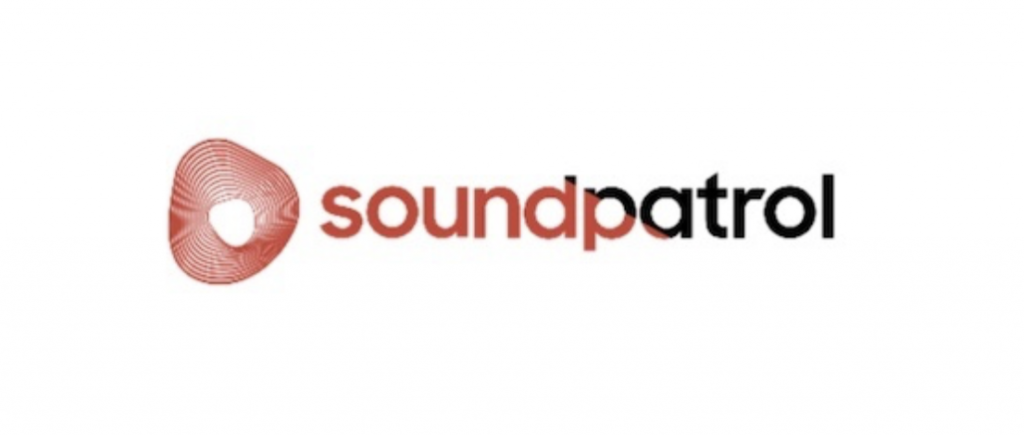
A Leap Beyond Traditional Fingerprinting
At the heart of this collaboration is SoundPatrol’s patent-pending ‘forensic AI model for audio-video fingerprinting,’which utilizes neural embeddings. This technology is a significant advance over traditional audio fingerprinting. While older methods look for near-exact acoustic matches, neural embeddings analyze the musical semantics—the core meaning and structure—to identify the influence of original human music in any new content, whether it’s a cover, a remix, or an AI-generated derivative.
As SoundPatrol co-founder and CEO Walter De Brouwer stated, the goal is to “proactively feed deep embeddings of these neural signatures into streaming infrastructures so that owners can maintain control, authenticity, and monetization of their intellectual property.” This ensures that, even if an AI model morphs a copyrighted song into something superficially new, the underlying musical identity is still traceable back to the rights holder.
Balancing Innovation and Protection
The major labels frame the partnership as a necessary step to build a sustainable ecosystem. Sir Lucian Grainge, UMG’s Chairman and CEO, emphasized the dual mission: “We’re constantly focused on enabling AI… while establishing effective tools to protect [our artists].” Similarly, Dennis Kooker, President of Global Digital Business at Sony Music, stressed their commitment to “protecting their work while also exploring the innovative potential of these technologies.”
The technology not only aids in after-the-fact detection but is also designed to help third-party platforms and research labs proactively prevent copyright violations. This defensive infrastructure aims to safeguard the creative ecosystem against unchecked AI that Michael Ovitz, SoundPatrol co-founder and chairman, called the “long-standing problem of IP theft.”
By uniting two of the world’s largest music rights holders with a Stanford-originated AI lab, the industry is signaling that the era of relying solely on court battles is transitioning into an era of AI-powered IP enforcement. This collaborative defense could define the economic viability of human artistry in the coming generative era.


